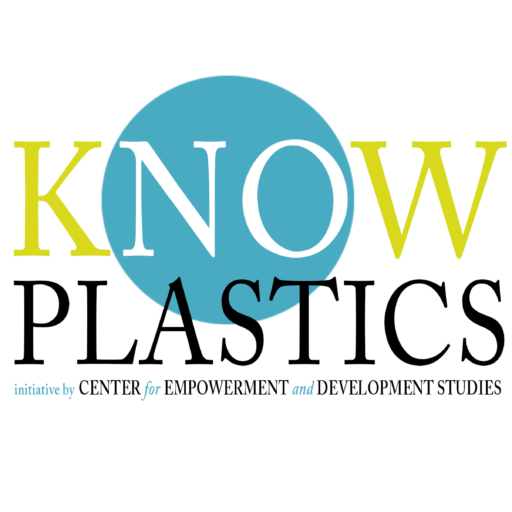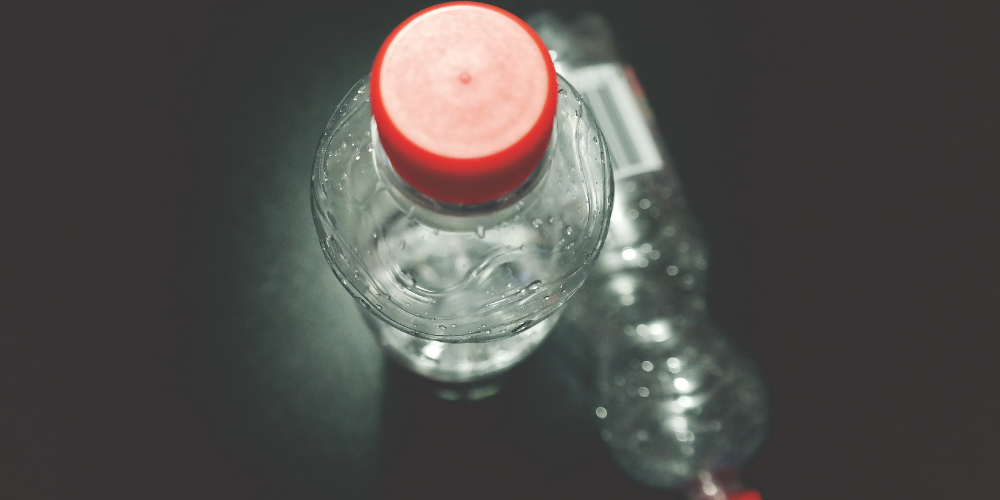There is a plastic crisis on the planet. Rivers are thought to carry between 1.15 and 2.41 million tonnes of plastic into our oceans every year. Accumulating in enormous quantities of floating plastic. The Great Pacific Garbage Patch is perhaps the most well-known of these.
This patch covers an area twice the size of Texas and is still growing at an alarming rate. According to Bloomberg, Honeywell International Inc. now aims to transform the plastic into oil that can be fed into a refinery.
Low-grade plastic waste turned into refinery feedstock
The company, similarly also makes automation equipment and aviation parts, is collaborating with Sacyr SA, a Spanish infrastructure firm, to design the first factory to use the new technology. Every year, the plant will convert 30,000 metric tonnes of mixed, low-grade plastic garbage into refinery feedstock.
For decades, the complex process of fine-tuning to better filter out contaminants in hydrocarbons. Earlier they are were converting into gasoline and polymers. There are various technologies in progress to help distinguish between usable plastics and trash that one should discard.
“Now we’re at a place where the selecting technology and the conversion technology can work together,” Gavin Towler, the company’s chief technology officer, told Bloomberg. “We can deal with a variety of garbage.” We’ll be able to turn it into high-quality oil.”
When compared to manufacturing the same amount of virgin plastic from fossil sources. Honeywell believes that employing the new approach will result in a 57 percent reduction in carbon dioxide emissions. A new study released just a few days ago in the Proceedings of the National Academy of Sciences suggests. A novel approach of converting plastics into oil could prevent even more waste.
This is an encouraging sign that more and more organizations are beginning to tackle the critically-important issue of plastic waste management.


